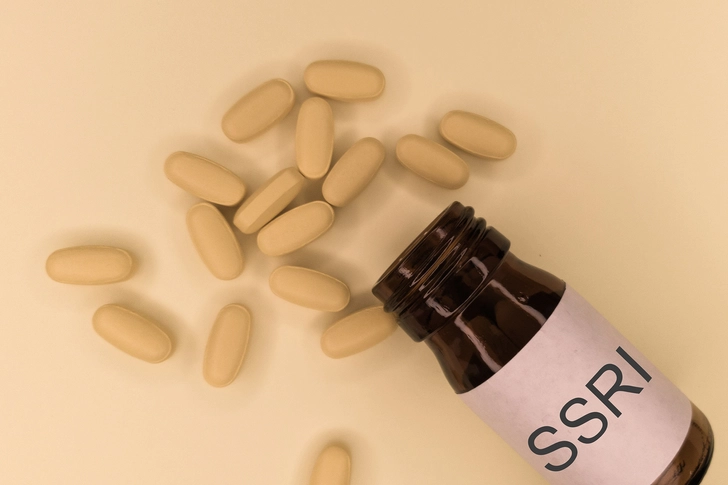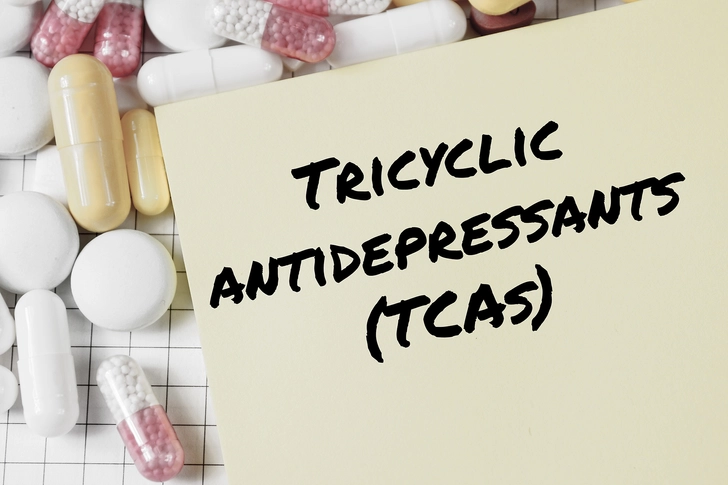- Overview
- Symptoms
- Causes & Risks
- Diagnosis
- Types
- Major Depressive Disorder
- Treatment
- Antidepressants
- Treatment-Resistant Depression (TRD)
- Living With
- Recovery & Relapse
- Complications
- Caregiving & Support
- Appointment Prep
- View Full Guide
Introduction to Early Depression Medications


Introduction to Early Depression Medications
Tricyclic and tetracyclic antidepressants (TCAs and TeCAs, respectively) are early medications used to treat depression. Although they are less commonly prescribed today, knowing their history and how they work can provide insights into depression treatment options.

Early Depression Treatments
TCAs and TeCAs were among the first drugs developed to treat depression. They marked a significant advancement in mental health care, offering new hope to those struggling with depressive disorders.

Tricyclic vs. Tetracyclic
The main difference between these drugs lies in their structure: tricyclics have three rings and tetracyclics have four. Despite this, both types function similarly in treating depression by affecting brain chemicals.

Shift to SSRIs
The use of TCAs and TeCAs has declined in favor of selective serotonin reuptake inhibitors (SSRIs). SSRIs are often better tolerated and have fewer side effects, making them a preferred choice for many.

How They Work
TCAs and TeCAs increase the levels of norepinephrine and serotonin in the brain, which helps improve mood. This broader action can be effective, but they lead to more side effects compared to SSRIs.

List of Approved TCAs
There are 10 approved TCAs for treating depression, including amitriptyline, clomipramine, and nortriptyline. Each has unique properties, but all work similarly to boost brain chemicals.

Side Effects and Risks
Common side effects of TCAs include drowsiness, dry mouth, and weight changes. They also pose risks for people with certain health conditions, such as heart issues or diabetes. Always discuss potential risks with your doctor.

Overdose Risks
One major concern with TCAs is their potential for overdose, which can be life-threatening. This risk has led to a decrease in their prescription. It's crucial to follow your doctor's dosage instructions carefully.
PHOTO CREDENTIALS
Slide 01 - Daisy Daisy/Shutterstock
Slide 02 - Lopolo/Shutterstock
Slide 03 - Inside Creative House/Shutterstock
Slide 04 - Sonis Photography/Shutterstock
Slide 05 - fizkes/Shutterstock
Slide 06 - daniiD/Shutterstock
Slide 07 - DimaBerlin/Shutterstock
Slide 08 - Prostock-studio/Shutterstock
SOURCES:
UpToDate: "Tricyclic and tetracyclic drugs: Pharmacology, administration, and side effects."
Mayo Clinic: "Tricyclic antidepressants and tetracyclic antidepressants," "Selective serotonin reuptake inhibitors (SSRIs)," "Serotonin Syndrome," "'Gut touch?' Mayo Clinic researchers discover important trigger for serotonin release."
Depression and Anxiety: "SSRIS versus tricyclic antidepressants in depressed inpatients: a meta-analysis of efficacy and tolerability."
Psychiatric Times: "Not Obsolete: Continuing Roles for TCAs and MAOIs."
Toxicology International: "Antidepressants Medications and the Relative Risk of Suicide Attempt."
National Health Service (U.K.): "Can I drink alcohol if I'm taking antidepressants?"
Cleveland Clinic Journal of Medicine: "Beyond depression: Other uses for tricyclic antidepressants."
Current Pharmaceutical Design: "Monoaminergic neurotransmission: the history of the discovery of antidepressants from 1950s until today."
Science Direct: "Tetracyclic Antidepressant."
StatPearls: "Tricyclic Antidepressants," "Tricyclic Antidepressant Toxicity."